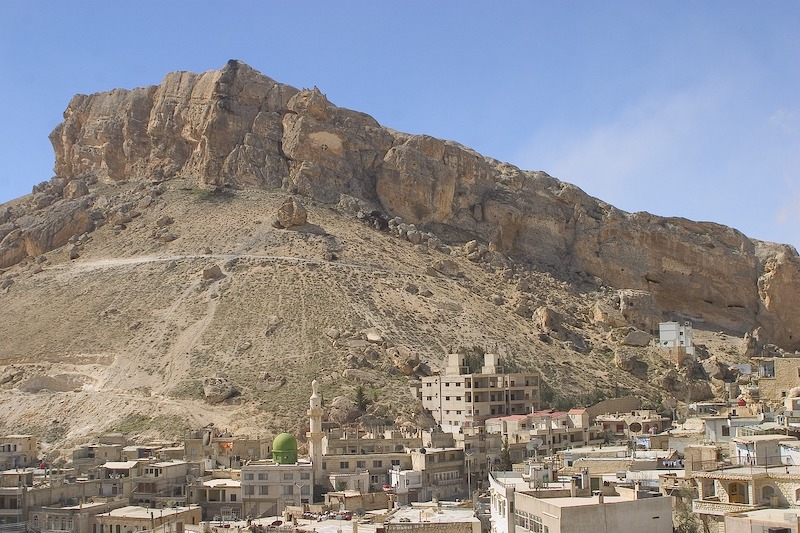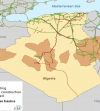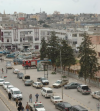The Syrian civil war and the fight against Daesh have transformed Syria into a major area of conflict in the Middle East. Although the intensity of the conflict has decreased since 2020 and the Syrian regime has consolidated its control over the western part of the country, the security context remains unstable and degraded. The economic record is disastrous and the country has largely closed itself to trade.
Syrian GDP of around USD 10 billion contracted by -3.5% in 2022, and is expected to contract by -5.5% in 2023. Added to this unfavorable situation are the economic losses caused by the earthquake of February 6, estimated at 5 billion USD. Based on the real value of the buildings before the earthquake, the destroyed stock is estimated at 1 billion USD, or 10% of Syrian GDP.
In 2022, a tightening of budgetary policies led the government to exclude 15% of the population from public assistance (mainly due to the increase in the cost of essential goods). The Syrian pound suffered a depreciation of around 50% against the dollar between March and November 2022 (falling to 5,400 SYP/USD in November). This has led to high inflation since the beginning of 2022, in particular for foodstuffs.
The country’s foreign trade has collapsed since the start of the conflict, and the country is now heavily dependent on imports. Syrian exports increased from USD 18.4 billion in 2010 to USD 1.8 billion in 2021, while imports increased from USD 22.7 billion in 2010 to USD 6.5 billion in 2021. Value-creating sectors added have been severely affected, particularly the manufacturing, mining, oil and agricultural sectors, to the benefit of a war economy.
Agricultural production, affected by recurrent droughts and a labor shortage, reached a historically low level for the second consecutive year. Crude oil production has gradually recovered since 2017, but remains significantly lower than pre-2011 production.
The recent earthquake illustrated Syria’s social and humanitarian vulnerabilities. While 6.6 million Syrians live in earthquake-affected areas, more than half of Syria’s pre-conflict population (about 20.6 million) is still displaced, including 6.8 million internally displaced people. inside the country and 6.9 million refugees abroad. High levels of pre-existing social vulnerability limit the ability of households to cope with the impact of the earthquake.
Basic services are in decline; the share of households without regular access to water has increased from 42 to 48%, while that of households without access to electricity has increased from 34 to 43.5%, between 2021 and 2022. More than 50% of health infrastructures have been damaged or destroyed, and the water sector is very fragile.
Despite growing needs (around 80% of the Syrian population now depends on foreign aid), there is a risk of further cuts in humanitarian aid to Syria. The WFP (World Food Programme) reduced the size of food rations in all regions of Syria in May 2022. In addition, the majority of humanitarian aid passes through the regime, taking part of the amounts collected, which deters a number of donors.
Finally, given the deterioration of economic conditions in Syria, a recovery in trade and investment is not foreseeable in the short term. Private investment is expected to remain weak due to the unstable security situation and persistent economic and political uncertainties.
Foreign investors have been largely absent since the beginning of the conflict, but the Syrian president is trying to attract golf investments in the real estate sector, and to revive the activities of exporting companies, with recent changes in laws.
Source Embassy of Lebanon, economic service








Réagissez à cet article